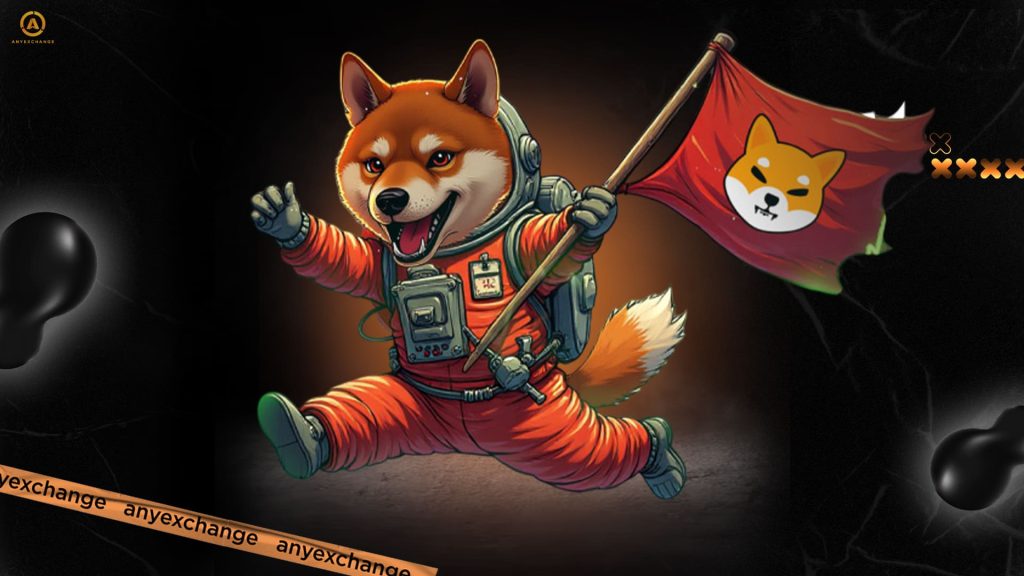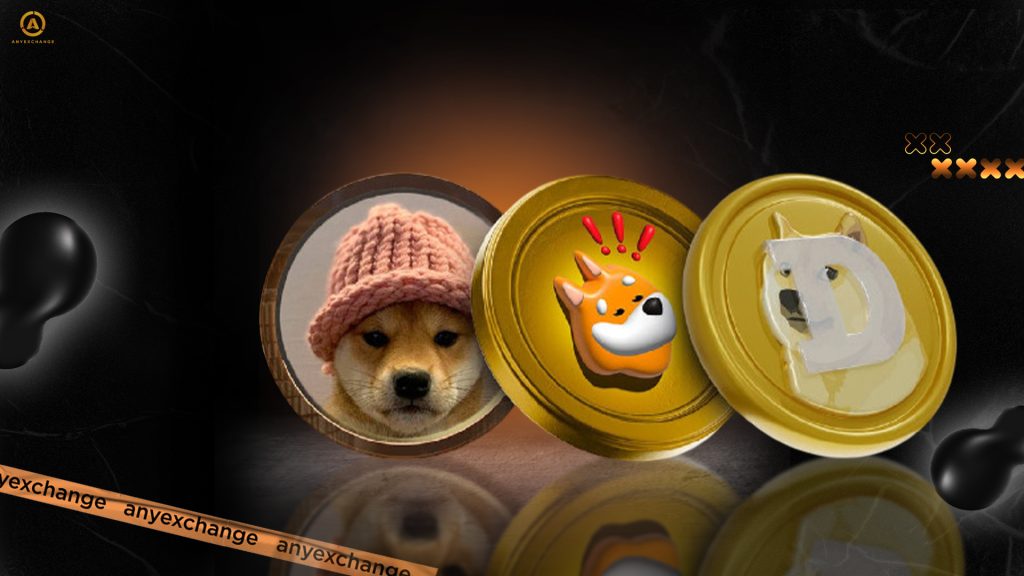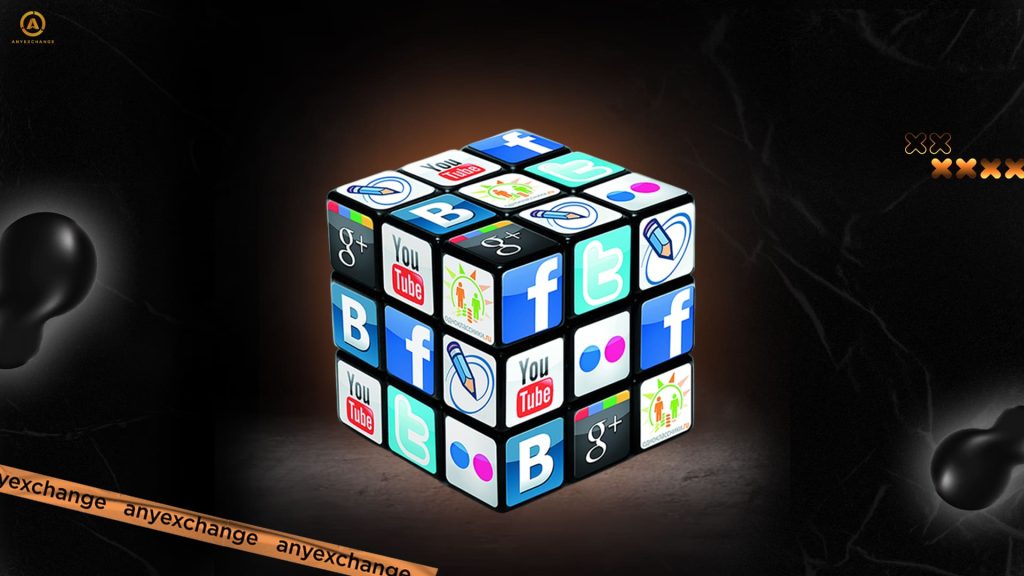
According to some experts, social media has become one of the main drivers of the cryptocurrency market in recent years. This is undoubtedly a familiar environment for retail investors, as memes on Twitter, flash mobs on TikTok, and Telegram channels shape the audience’s mood and trigger the growth of memecoins, which gain value precisely from hype. Trends are born and die with each new viral post, so everything is clear here.
However, the influence of social media on institutional investors seems much less obvious. Clearly, they don’t make decisions based on cat and frog memes. Nevertheless, they must consider the reputational impact, public attention, and narratives formed in the media. If social media is literally fuel for memecoins, then for funds and large players, it is more of a risk indicator or a signal of market sentiment.
This explains the interesting phenomenon we’re seeing today: cryptocurrency trends for 2025 on social media are simultaneously driving short-term speculation and cautious institutional interest. In this article, we will examine how social media influences different groups of investors, from emotional memecoin advocates to pragmatic, discerning institutional investors.
Memecoins — a social media phenomenon
The history of memecoins began with Dogecoin, a joke project that became a cult asset thanks to the community. Later, Shiba Inu and thousands of others emerged, each becoming an example of how memecoins and trendy tokens can attract millions of dollars in a short period.
Social media is the main driving force behind these assets. Platforms like Twitter, Telegram, Instagram, and TikTok have become spaces where memecoins are gaining popularity. A single post by Elon Musk or a video featuring Trump’s merchandise can trigger a surge in popularity, and thousands of reposts in just one day can turn a token into a global discussion topic and increase its value exponentially. Dogecoin, Shiba Inu, and Pepe are striking examples. They won over audiences on Telegram, X, Reddit, and TikTok in just a matter of weeks. Dogecoin, for instance, jumped by over 1,000% following Elon Musk’s tweets, temporarily exceeding a market capitalization of $80 billion. Shiba Inu grew 45,000,000% in 2021, becoming one of the most talked-about assets on Twitter and Reddit. Pepe grew from zero to a market cap of $1.6 billion in a month in the spring of 2023, solely thanks to a wave of memes and hype on Telegram, TikTok, and X.
In addition to coins featuring funny animals, we can now single out a separate category of meme coins supported by celebrities who treat promotion like a show business event. The Lil Pump Coin token, for example, was launched with the support of rapper Lil Pump, and the JENNER memecoin was promoted by Kylie Jenner through Instagram posts. There are also meme projects related to Donald Trump and his NFT collections, which took off in 2024–2025. In fact, they became the entry point into crypto for his numerous fans. TikTok and other social networks are hosting a colorful, massive campaign for the HarryPotterObamaSonic10Inu (HPOS10I) memecoin. This coin combines Harry Potter, Barack Obama, and Sonic the Hedgehog, and it has become a viral phenomenon. This latest meme coin, which has no fundamental value, is an interesting example of how the community can actively engage in creating memes, videos, and other types of content.
These cases clearly demonstrate that Twitter and Telegram have a stronger influence on meme coin prices than the technical characteristics and applicability of tokens. Furthermore, it is now safe to say that meme coins, as a marketing tool in Web3, are expanding beyond the community and competing with traditional media in terms of audience reach.
Institutional investors in the crypto industry
Institutional investors are large banks, funds, insurance companies, and public corporations that work with digital assets as part of a carefully developed long-term strategy, not on a whim. Their acceptance of cryptocurrencies is based on macroeconomic indicators, risk management principles, and diversification.
How do institutions influence the crypto market? The history of institutional participation dates back to 2020–2021, when companies such as MicroStrategy and Tesla announced Bitcoin purchases, and major hedge funds began including crypto in their portfolios. Since then, institutional funds and cryptocurrencies have become more closely linked. In 2025, we are seeing a new phase emerge: institutional investors participating in DeFi projects and experimenting with the tokenization of real-world assets (RWAs).
Institutional investment in Bitcoin and Ethereum has become standard practice for hedge funds. BlackRock is promoting its Bitcoin ETF, Fidelity is launching crypto services for clients, and banks such as JPMorgan are testing blockchain platforms. Over the past five years, there has been impressive growth in institutional investment in cryptocurrency. For instance, according to CoinGlass data, ETFs have attracted over $41 billion in the first 1.5 years since the SEC approved spot Bitcoin ETFs in January 2024. Notably, BlackRock’s IBIT fund set a record for monthly investments in May 2025, reaching $6.22 billion. According to CoinLaw, institutional investments reached $21.6 billion in the first quarter of 2025. Furthermore, 59% of institutional investors plan to allocate over 5% of their assets to cryptocurrency. Between 2020 and 2025, institutional investments grew from hundreds of millions to tens of billions of dollars, demonstrating the increasing confidence and involvement of major players in the crypto industry.
Trend intersection: memecoins and institutional investors

At first glance, institutional investors in the crypto industry and the memecoin community seem to exist in different universes. The former seek stability and long-term returns, while the latter seek excitement and quick gains. Therefore, it is not surprising that institutional investors rarely venture into memecoins; they are too volatile and usually have no fundamental value.
However, scenarios of convergence are still possible. For example, if memecoins with real utility appear — such as those built into payment ecosystems or decentralized social networks — institutional investors may consider them as niche assets for portfolio diversification. In any case, the main problem is that most memecoins are useless and have no technological value. Therefore, institutional strategies, especially in a bear market, are unlikely to inсlude memecoins.
In one way or another, there have already been isolated cases in which institutional investors have set their sights on memecoins. For instance, some venture capital funds financed projects with community-driven tokens in 2023–2024. The Andreessen Horowitz (a16z) fund, for instance, supported startups with elements of meme marketing, while Pantera Capital participated in rounds related to token gamification. Marketing agencies working with institutional clients have also resorted to memecoins as marketing tools. A striking example is the Dogecoin campaign during Mark Cuban’s partnership with the Dallas Mavericks and the Floki promotion through major sports sponsorships in the UK and Spain.
Social media as a driving force

So, how do social networks drive cryptocurrency trends? The answer is obvious: very effectively. Without Twitter, Telegram, Reddit, and TikTok, meme coins would not have gained such momentum. Jokes and memes are born and gain traction on social media, giving new tokens with no fundamental value a chance to become top leaders in terms of capitalization. Research shows that the analysis of meme coin mentions in the media directly correlates with their price. This means that social media acts as a driver of crypto asset growth. According to LunarCrush and Santiment, peaks in discussion coincide with price increases; the more posts on Twitter or messages on Telegram, the higher the demand.
For institutional investors, social networks are becoming an indicator of cryptocurrency market sentiment. Activity on X, growth in discussions on Reddit or Telegram, and mentions in media analytics often serve as a kind of “barometer.” Many funds track social media analytics data and take social signals into account alongside traditional metrics when making investment decisions. Thus, social networks influence not only retail traders, but also institutional investors’ strategies.
Forecasts for the future
As we can see, the memecoin market, which emerged spontaneously, has no intention of ceasing to exist. Despite all the criticism, it continues to develop steadily with the support of social networks.
Experts expect projects in this cryptocurrency segment to adopt more mature approaches in the future. The growth in popularity of memecoins on social media will remain a key driver, but projects with practical value will attract more attention from the community and potential institutional investors. Floki Inu, for instance, is integrated into the Floki University educational platform and NFT ecosystem. Dogelon Mars (ELON) is used in DeFi projects and has staking pools. Shiba Inu (SHIB), meanwhile, is developing ShibaSwap, NFT, and Layer-2 solutions. Akita Inu (AKITA) is another example, with DAO mechanics for management and profit distribution.
Whether institutional investors will consider memecoins as assets remains to be seen. Most likely, investments in Bitcoin and Ethereum will remain the main focus of institutional investors. However, niche memecoins with a strong position in the Layer-1 blockchain ecosystem, practical applications, Layer-2 solutions, or DeFi integration may become the subject of investment experiments. Additionally, it is expected that institutions will continue to use meme-marketed tokens to test new user acquisition strategies.
Overall, social media trends in cryptocurrency will continue to strongly influence the market, and the intersection of the meme and institutional segments could generate new growth opportunities.
Conclusion
2025 cryptocurrency trends on social media demonstrate the potential crossover between the meme community and institutional investors. Meme coins continue to gain virality through an active social presence, while institutional investors demonstrate increased confidence in the market and a willingness to invest small amounts of capital in “funny” coins.
Investors and traders should realize that meme coins are high-risk assets subject to increased volatility. Meanwhile, institutional investors set long-term trends by making low-risk investments. Therefore, investors and traders must understand the high potential returns of meme coins, which are usually based solely on the power of social media, virality, and hype, as well as the seriousness of institutional investors, who will never invest in a short-term asset. Analyze social activity, weigh it against fundamental value, and make the right investment decisions.
Thank you for your attention. Invest safely and profitably!
AnyExchange is an exchanger that allows you to convert popular digital assets at the most favorable rates. We work with international payment systems and process transactions with bank cards and cash. The platform offers fast, secure money transfers around the world.
FAQ
Why are memecoins gaining popularity so quickly on social media?
Thanks to viral content, influencer activity, and the platforms themselves. Social networks with billions of users create hype around tokens and accelerate their growth in popularity.
How do institutional investors influence cryptocurrency rates?
Through large purchases and sales and participation in ETFs and DeFi projects. Additionally, their long-term retention or exit strategies shape liquidity trends and can significantly affect market volatility. Often, institutional investors set the tone for retail investors, serving as an indicator of confidence in an asset.
Is the growth of memecoins linked to activity on Twitter and Telegram?
Yes, analytics of token mentions in the media and social networks confirm the influence of Twitter and Telegram on memecoin prices. The higher the social activity around memecoins, the stronger their price movements.
Will institutional investors invest in memecoins?
For now, only limitedly. They tend to choose stable assets, but memecoins with real utility or deep integration into DeFi and Layer-1 project ecosystems may attract large funds’ attention.






